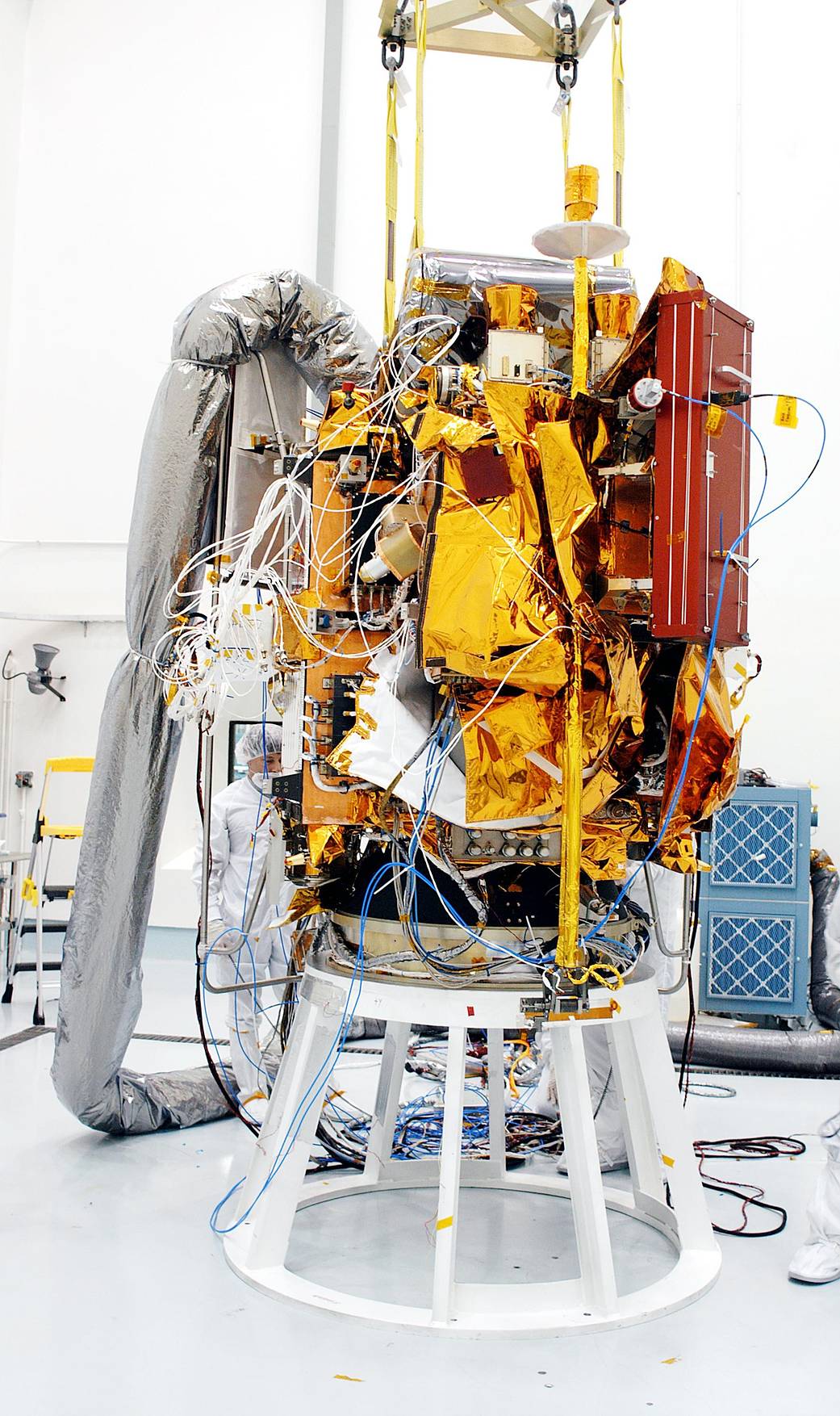This week in 2004, the MErcury Surface, Space ENvironment, Geochemistry, and Ranging spacecraft was launched aboard a Delta II rocket from Cape Canaveral Air Force Station in Florida. Designed and built by the Johns Hopkins University Applied Physics Laboratory in Laurel, Maryland, MESSENGER was the first spacecraft to orbit Mercury. Protected from the intense heat of the Sun by an innovative ceramic-cloth sunshade, MESSENGER provided the first images of the entire planet and collected information on the composition and structure of Mercury’s crust, geologic history, atmosphere, magnetosphere, and the makeup of its core and polar materials. The spacecraft arrived at Mercury on March 17, 2011, and impacted the planet’s surface April 30, 2015. MESSENGER was part of the Discovery program, managed at NASA’s Marshall Space Flight Center for the agency’s Science Mission Directorate. The NASA History Program is responsible for generating, disseminating, and preserving NASA’s remarkable history and providing a comprehensive understanding of the institutional, cultural, social, political, economic, technological, and scientific aspects of NASA’s activities in aeronautics and space. For more pictures like this one and to connect to NASA’s history, visit the Marshall History Program’s webpage. (NASA)
1 min read



























